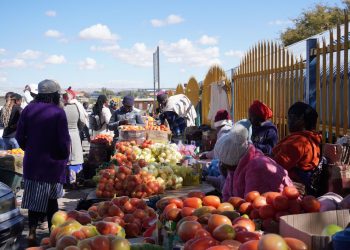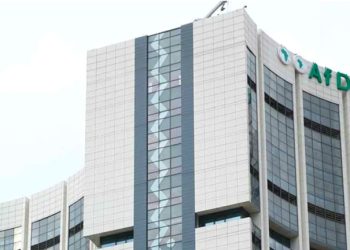
The rising cost of living has hit occupancy figures of local guests at hospitality establishments from 55% last year to 31% in February, 2023.
“This significant decrease can be indicative of the general rise in living and travelling costs, leading to more households delaying or cancelling planned trips throughout the country. While on a monthly basis, occupancy rates continue on a downward trend, since reaching a high of 61.3% in August 2022. Occupancy rates averaged 31.7% in February 2023, compared to 37.1% in January 2023 and 22.5% in February 2022,” Simonis Storm Economist Theo Klen said.
“The data continues to follow its longer-term seasonal trend, where occupancy rates typically dip every January and remain below average until Namibia’s peak tourist season commences (May to September). Thus, February and March usually are the quietest months for tourism in Namibia.â€
This comes as prices for hotels, cafes, and restaurants have risen by 5.4% y/y in February 2023, according Simonis Storm.
“Most of the inflation in this sector is driven by accommodation services, which increased by 6.8% y/y in February 2023 (compared to 6.7% y/y January 2023), while catering has increased by 4.1% y/y (compared to 3.8% y/y January 2023).â€
The completion of the new American Embassy in Windhoek is however expected to provide a boost to tourism and employment figures.
“With the completion of the American Embassy in Windhoek on the horizon, we anticipate a rise in international visitor arrivals, which presents an opportunity for the country’s tourism sector to capitalise on the ensuing tourist peak season. We understand that about 400 permanent workers are to be recruited with a 70/30 split between Namibian and American workers according to an expert from the government,†he said.
Internationally, the United Nations World Tourism Organisation (UNWTO) says tourists are expected to increasingly seek value for money and travel closer to home in response to the challenging economic climate. “Downside risks to tourist flows remain, as economic uncertainty and geopolitical tensions could weigh on international travel in the first quarter of 2023.”
UNTWO also points to the All-World Travel Index which has recorded a decrease by 3.7% year-to-date and -1.1% year on year by mid-march 2023.
Nevertheless, tourism still remains a key growth driver of the local economy with a great potential for significant job creation at different skill levels, according to Simonis Storm.
The Ministry of Finance and Public Enterprises in the 2023/24 national budget, projects that, hotels and restaurants sector will expand by 5.4% in 2023 and 3.7% in 2024, as opposed to 7.4% in 2022.
According to the Labour Force Survey of 2018, the accommodation and food services sector was listed as one of the five largest employers in Namibia.
Renewed efforts to elevate the industry, according to Simonis Storm will likely be hampered by budget constraints on the part of the National Tourism Board, due to limited marketing. Â
NTB was allocated N$3.1 million to N$3.11 million for each financial year from 2022-20225/26 financial years.
The highest amount was N$10.8 million allocated in 2021/22.











